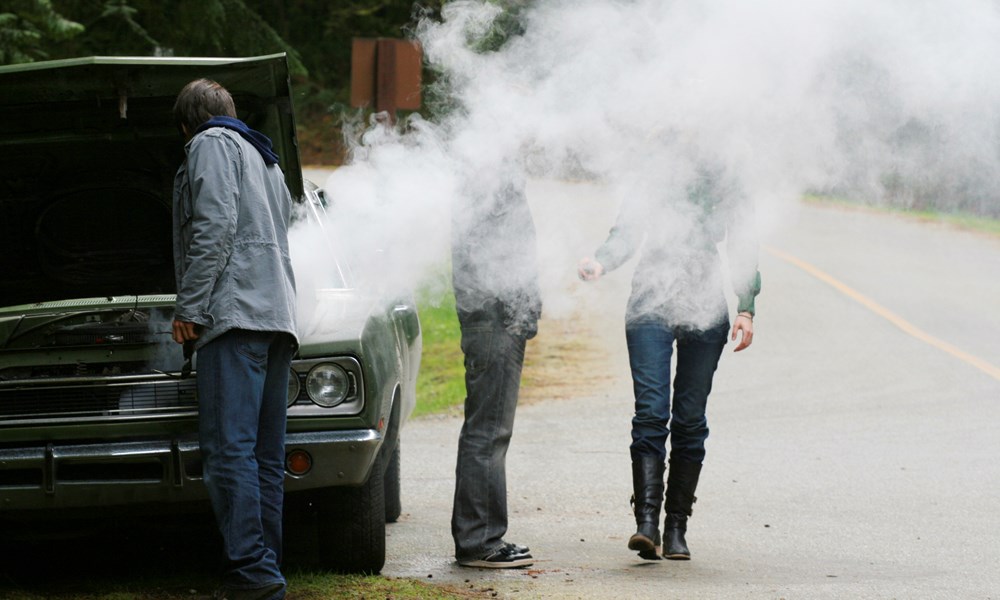
While there are many problems that can occur in a car, overheating can be one of the most alarming incidents. Early warning signs will sometimes appear when your temperature gauge will start creeping towards the red zone, but sometimes overheating occurs rapidly and without little warning. Before long, steam could be billowing from your engine and you will be forced to quickly find somewhere safe to stop.
Understanding why your car overheats could help prevent such a dangerous occurrence. As your Sears Imported Autos service technician would tell you, there are a number of reasons why a car engine overheats.
The car radiator may cause overheating if it becomes clogged or is damaged, causing a leak. Dirt and debris build up over many miles of driving and can block the air flow through the core. This prevents the radiator from dissipating the heat from the engine effectively. Rust or corrosion or a buildup of other deposits can also prevent coolant from circulating properly and reduces the radiator's capability to cool the engine. It is also important to ensure that the radiator is filled with enough fluid and that air pockets are removed. Some cooling systems have 'bleeder valves' to help remove unwanted air.
The thermostat in your engine regulates the engine's operating temperature by restricting the flow of coolant from the engine back to the engine. As the engine heats up to a certain temperature, a valve in the thermostat opens, allowing the flow of coolant to do its job. In some cases, the thermostat sticks and does not allow the coolant to flow. This can also be a problem if the thermostat isn't fitted properly. In both cases, the engine is likely to overheat.
Your car engine produces a lot of heat, and several parts exist to ensure that the temperature doesn't exceed a certain level. The radiator is integral to this process and must contain an appropriate level of water and coolant or antifreeze. If there is a leak, the radiator will not be able to work as efficiently and the risk of overheating will increase. When the car is idle, you can check the fluid level by unscrewing the radiator cap and looking to see how much fluid there is. If the fluid drops rapidly after filling, consult your local service department about inspecting the radiator for leaks. There may also be more visual clues of a problem with this, such as fluid loss on the ground underneath the engine or in the engine compartment.
A faulty water pump could also cause the car's engine to overheat. Some problems with overheating are caused when the wrong pump is fitted, but it is more commonly because the pump can no longer work efficiently. Likewise, the cooling fan is also critical to maintaining the correct temperature. This is driven by the fan clutch, which engages at a certain temperature. The fan may fail to come on at this temperature if the clutch fluid is leaking or if the fan clutch itself is faulty.
The cooling system also contains a number of other parts, including a belt connected to the water pump and hoses to assist the coolant. The belt should not be loose and will also wear over time. An ineffective belt will prevent the pump from operating effectively. Radiator hoses normally need to be replaced regularly, especially on older cars. Damaged or restricted hoses prevent the flow of coolant from the radiator into the engine.
If you have any questions, feel free to call Sears Imported Autos, contact us online, or visit us in person at 13500 Wayzata Boulevard, Minnetonka, MN 55305.

